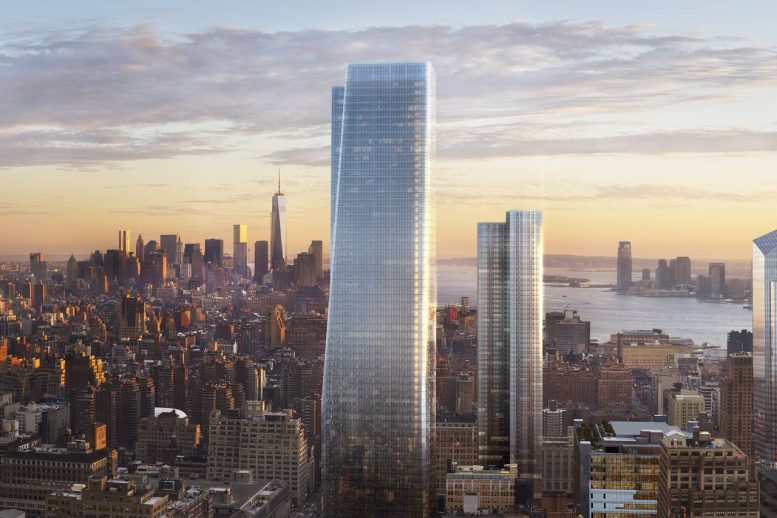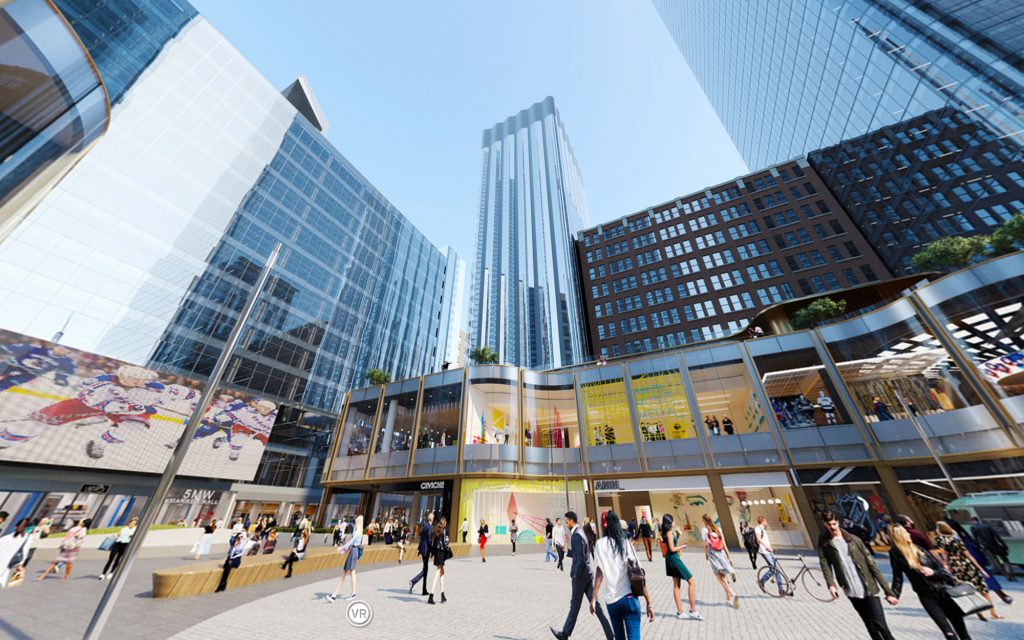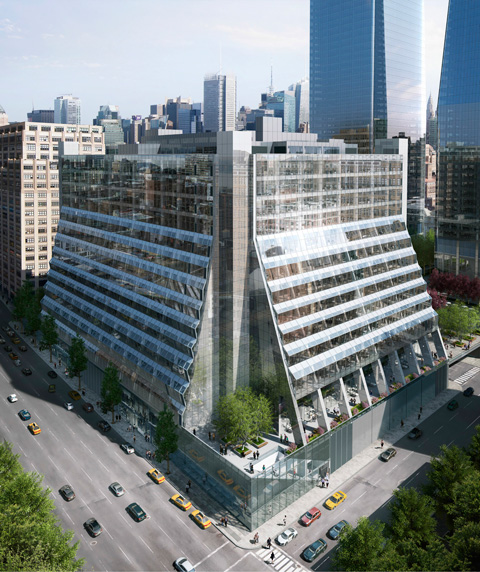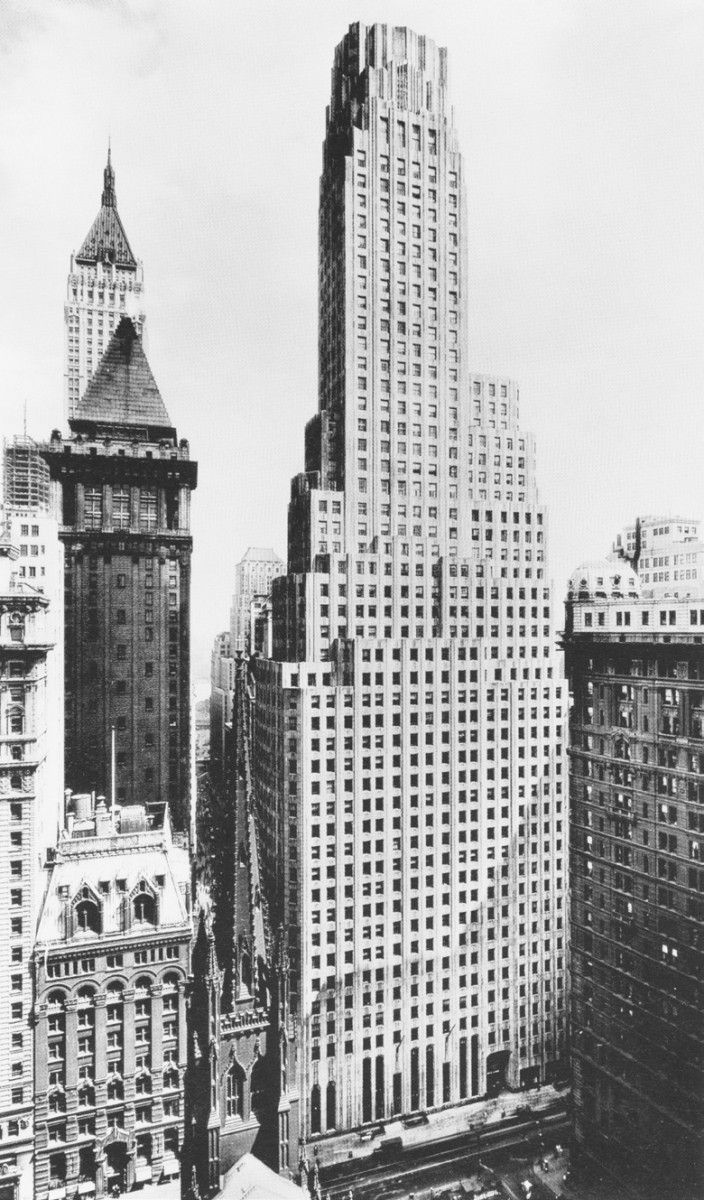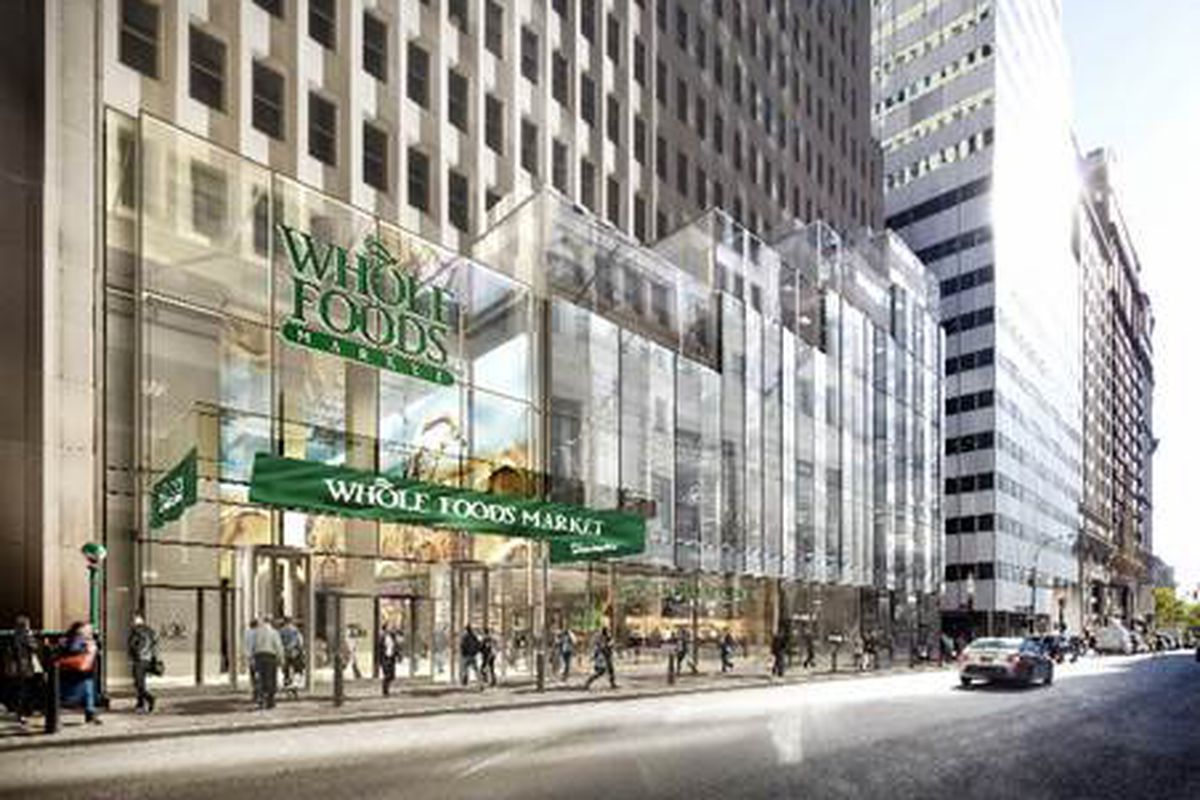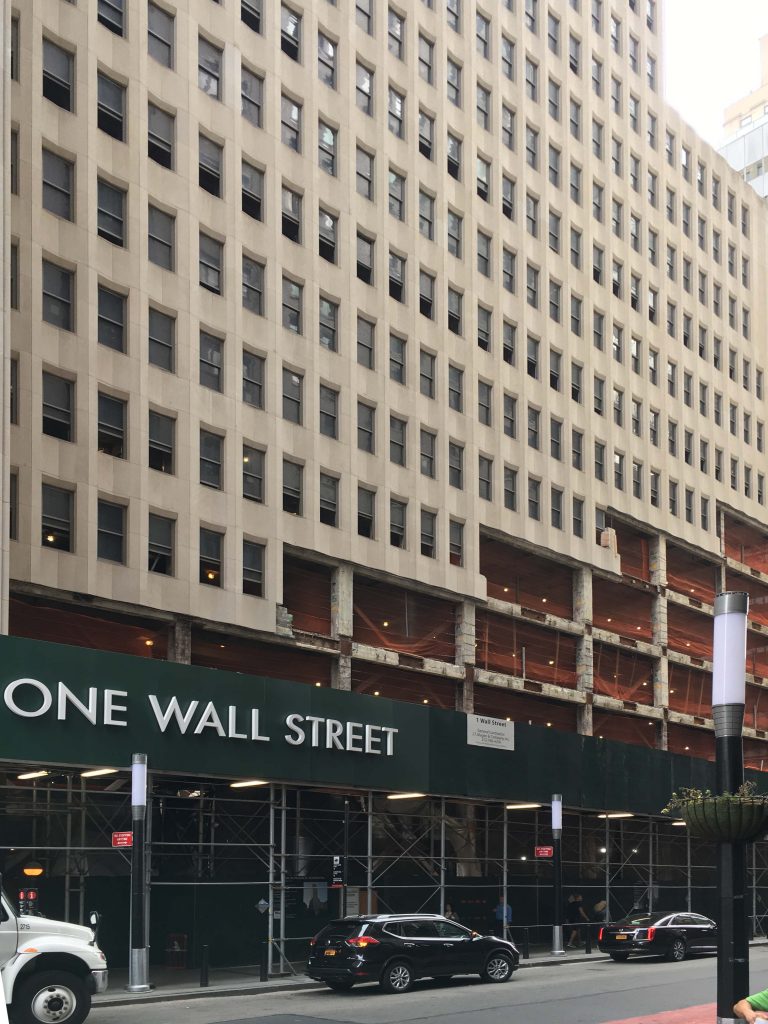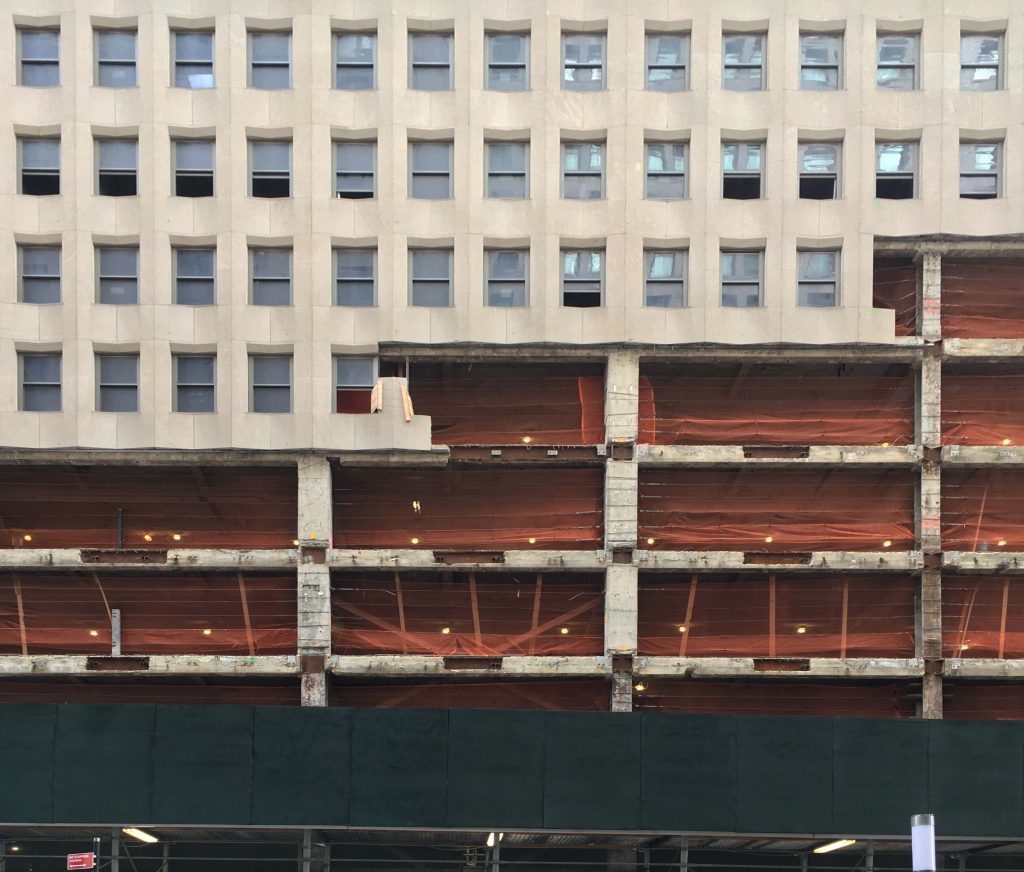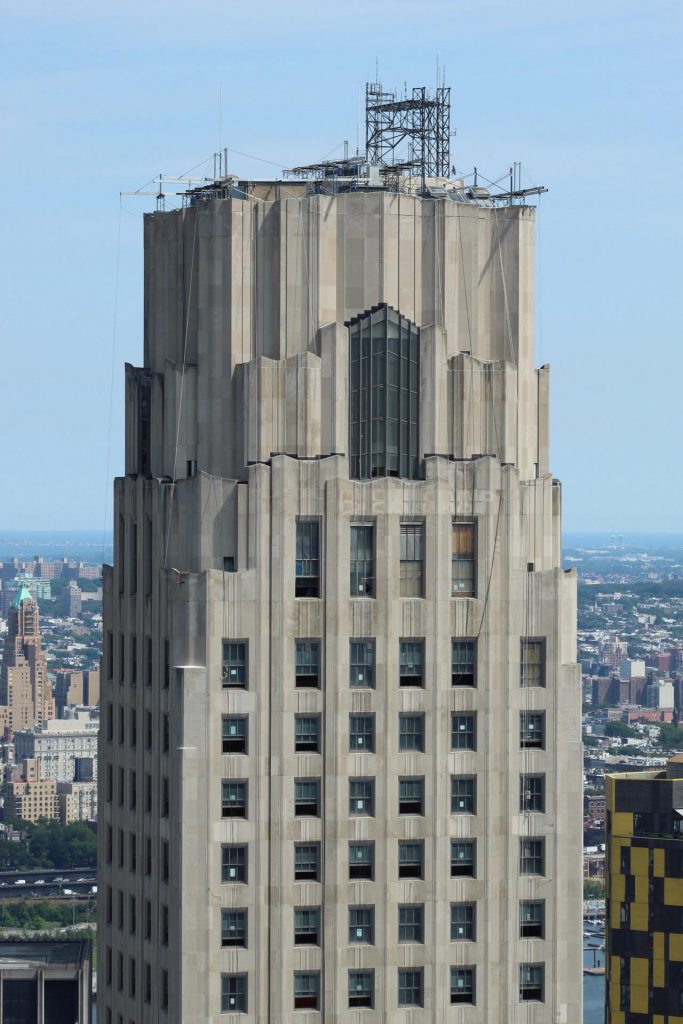Laura Itzkowitz April 23rd, 2019
The world’s largest hotel company will soon lay claim to having the world’s tallest modular hotel when the AC Hotel New York NoMad debuts next year. Unlike, well, pretty much every other hotel ever built, this one isn’t expected to take years or even decades to build. Instead, Marriott says the project will be completed in just 90 days.
“In North America, the construction process hasn’t changed significantly in 150 years and it’s ripe for innovation,” Eric Jacobs, Marriott International’s chief development officer of North American select and extended stay-brands, said in a statement. “The world’s tallest modular hotel, in one of the world’s greatest destinations, will act as a game-changing symbol to ignite even greater interest in modular among the real estate and lending industries.”
The hotel’s 168 rooms will be fabricated in a factory in Poland complete with painted walls, flooring, beds, sheets, pillows and even bath products. The finished modules will be shipped to New York City, trucked in during the night to avoid traffic and assembled on site. The lobby and restaurant will be built using traditional construction methods, but the rooftop bar is expected to be modular, too. The 26-story tower will rise 360 feet tall at 30th Street and 6th Avenue.

Construction will begin in the fall and is expected to take about three months — much faster than traditional construction. According to modular expert Danny Forster, whose firm, Danny Forster & Architecture, designed the project, construction will take place at, “the rate of an entire floor per day.”
Marriott cites the fast construction pace as a result of the ability to build the public spaces on site using standard processes while simultaneously fabricating the rooms off-site. The brand also claims that prefabrication, “curbs site waste and noise, and results in a higher-quality product produced with factory-level precision.”
The process requires more capital upfront, however, which can make these kinds of projects harder to finance.
Modular construction isn’t entirely unprecedented in New York City, but it’s still unusual. The Pod Brooklyn was built using this process, and so was the design-forward CitizenM Bowery, which opened last year. Marriott has built a handful of hotels using modular construction, but this will be the brand’s most ambitious application of the unusual method to date.
Featured image courtesy of Marriott International.




